Cardio Exercises – For one thing, what precisely is cardio? It’s short for cardiovascular activity, which basically implies any action that gets your pulse up and works on the soundness of your heart and lungs. Cardio is a fabulous method for consuming calories since it utilizes huge muscle gatherings and requires a ton of energy. The more energy you consume, the more calories you consume, and the nearer you get to your weight reduction objectives.
However, that is not all! Cardio likewise helps your digestion, further develops perseverance, and could give you an incredible state of mind support thanks to the arrival of endorphins (hi, sprinter’s high). Furthermore, we should not disregard the additional advantages of better heart wellbeing and expanded lung limit.
Cardio Exercises to Burn Calories and Lose Weight:
Now that we’ve laid out why cardio is an integral asset for weight reduction, we should jump into the tomfoolery part: the actual activities. The following are the absolute best cardio practices that consume lots of calories as well as available to the vast majority. Simply relax — you will not need to do anything insane (except if you need to!).
1. Running or Running:
Ok indeed, the exemplary calorie-burner: running. It’s one of the best ways of burning calories in a somewhat short measure of time. A 30-minute run can consume between 300 to 400 calories, contingent upon your speed and weight. Additionally, it’s basic. All you really want is a decent sets of running shoes, and you’re all set!
The most effective method to make it happen: You can run on a treadmill, around your area, or even through a close by park. On the off chance that you’re a fledgling, begin with a light run or do spans — shifting back and forth among strolling and running — to develop your perseverance.
Fun truth: The “sprinter’s high” is genuine. After a decent run, you could feel like you’ve vanquished the world (or possibly the block).
Master tip: If running feels all in all too serious, begin with an energetic walk and continuously quit slacking. Strolling still consumes calories and is more straightforward on the joints.
2. Cycling:
If you’ve at any point ridden a bicycle for over 10 minutes, you realize that cycling is a fabulous method for getting your pulse up. Cycling can consume between 250 to 600 calories quickly, contingent upon your power level. The most amazing aspect? It’s low-influence, so it’s kind with your joints, making it an incredible choice for individuals of all wellness levels.
Instructions to make it happen: You can cycle outside on a conventional bicycle or jump on an exercise bike at the rec center. In the event that you’re truly into the thought, consider joining a twist class for an extra serious (and additional tomfoolery) cardio exercise.
Reward: Cycling additionally works your legs and center, so you’re tightening up while consuming calories!
Ace tip: In the event that you don’t feel like an all out bicycle ride, you can integrate cycling into your day by riding to work or getting things done on your bicycle. Consume calories and set aside gas cash? It’s a shared benefit.
3. Work out with Rope:
Recollect working out with rope as a youngster? All things considered, turns out it’s not only for jungle gyms. Working out with rope is a unimaginably productive calorie burner, and it’s loads of fun as well! Only 10 minutes of hopping rope can consume around 120-150 calories, which is comparable to running, yet without leaving the solace of your home.
Instructions to make it happen: All you really want is a decent leap rope and some space. You can do essential leaps, twofold unders, or stir it up with various footwork designs. Simply try to get the region free from breakables!
Reward: Bouncing rope is perfect for further developing coordination and equilibrium, as well as consuming fat.
Master tip: In the event that 10 minutes sounds overwhelming, begin with stretches — hop for 30 seconds, rest for 30 seconds, and rehash.
4. Swimming:
Not an enthusiast of working it out on dry land? Swimming is your response! Swimming is a full-body exercise that can consume around 400-500 calories each hour, contingent upon the stroke and power. It’s likewise delicate on the joints, making it an ideal choice for individuals with joint inflammation or joint torment.
Instructions to make it happen: You can swim laps at your neighborhood pool, or on the other hand on the off chance that you’re sufficiently fortunate to live approach the sea or a lake, make the most of the regular water. Free-form, breaststroke, and butterfly strokes are incredible choices for a calorie-consuming exercise.
Reward: Swimming works all the significant muscle gatherings — legs, arms, center, and back — making it one of the absolute most complete cardio practices out there.
Genius tip: In the event that swimming laps sounds exhausting, consider joining a water high impact exercise class or playing water polo to make things seriously captivating.
5. Moving:
Who says cardio can’t be enjoyable? In the event that you love music, moving is a phenomenal method for consuming calories while having a great time. A high-energy dance meeting can consume somewhere in the range of 200 to 400 calories in a short time, contingent upon the style and power.
Step by step instructions to make it happen: You can take a dance class (Zumba, salsa, hip-jump), follow a dance exercise video at home, or even wrench up your number one tunes and dance around your parlor. No judgment here!
Reward: Moving further develops coordination, equilibrium, and adaptability, while likewise giving you an incredible mental lift. All things considered, who can oppose grinning while at the same time moving?
Ace tip: Dance like no one’s watching! The more you set free, the more calories you’ll consume, and the better time you’ll have.
6. Paddling:
Try not to be tricked by the situated position — paddling is one of the most amazing full-body cardio exercises out there. It focuses on your arms, legs, and center while giving you an incredible cardio consume. Paddling can consume between 200 to 300 calories shortly, contingent upon your speed and obstruction.
The most effective method to make it happen: You can utilize a paddling machine at the exercise center, or on the other hand on the off chance that you approach a waterway, take a stab at paddling in a genuine boat. It’s both quiet and calorie-consuming!
Reward: Paddling is likewise perfect for building perseverance and reinforcing your back muscles, which can assist with further developing stance.
Ace tip: Spotlight on your structure — paddling is about smooth, controlled developments. Hurrying through it will wear you out quicker without giving you the full advantages.
7. HIIT (Intense cardio exercise):
To amplify your calorie consume in the most brief measure of time, HIIT is the best approach. HIIT includes shifting back and forth between short explosions of serious movement and times of rest or lower-power work out. In just 20-30 minutes, you can consume a lot of calories.

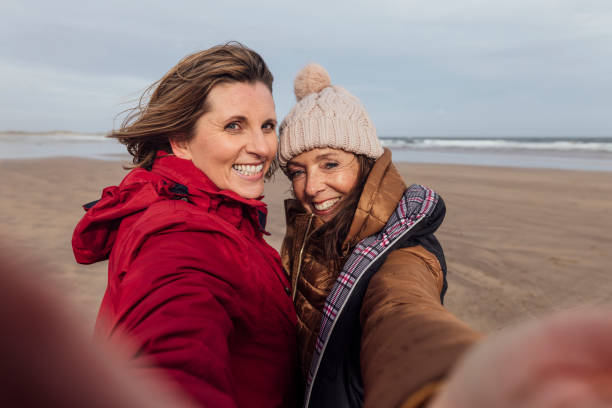



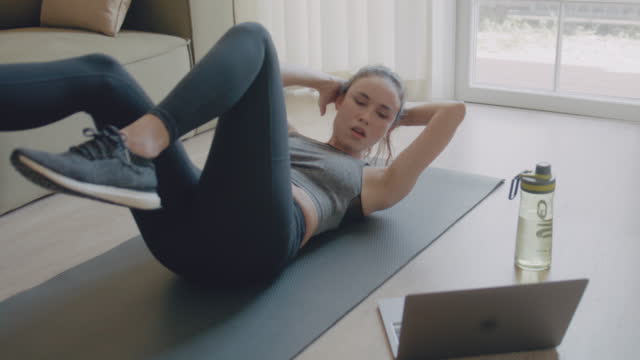
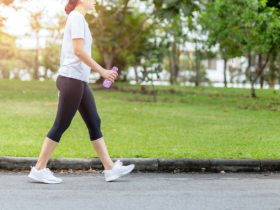

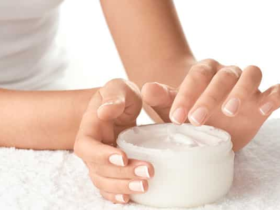
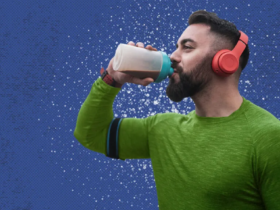

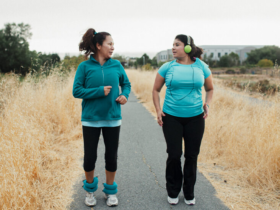



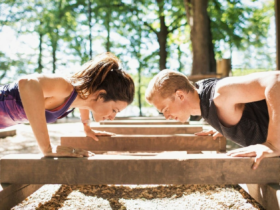



Leave a Reply